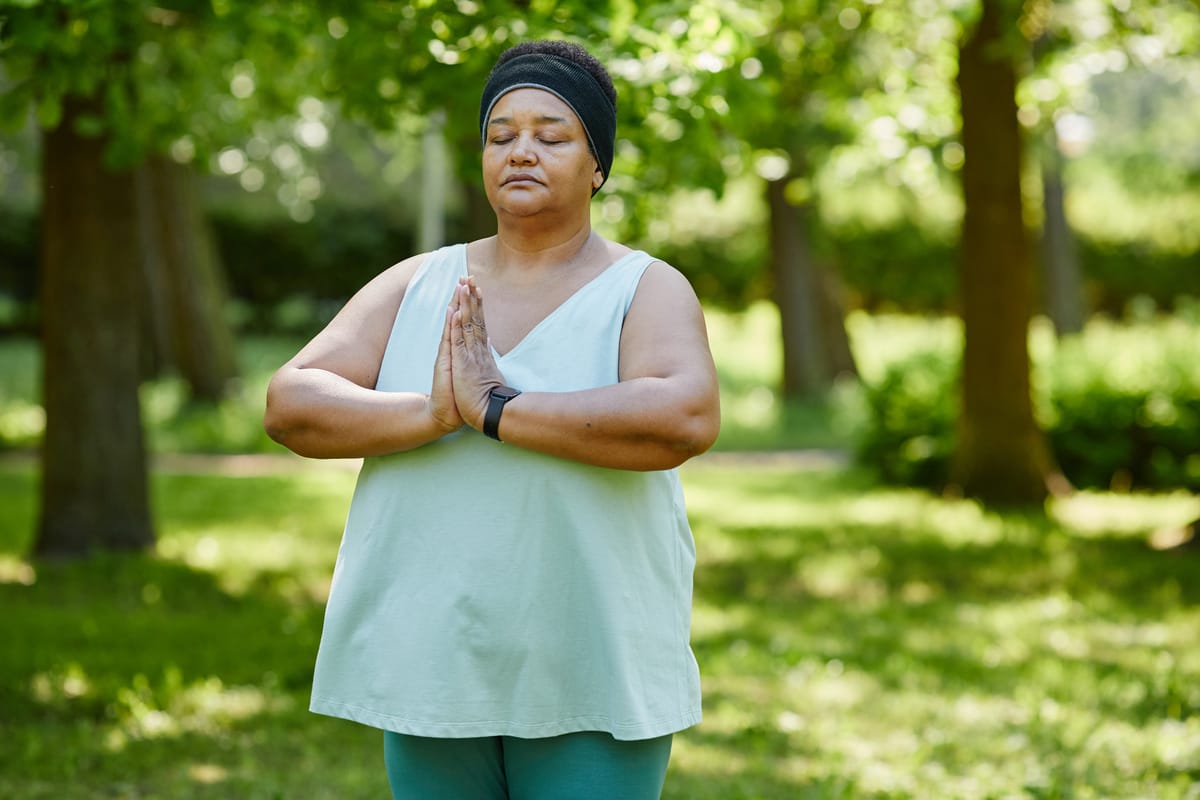Mindfulness: What do you think of this word when you hear it? Most of us have yet to learn what this means. We all naturally possess mindfulness, but it is only sometimes readily available unless we practice it regularly. In short, It is the essential human ability to be fully present, aware of where we are and what we’re doing, and not overly reactive or overwhelmed by what’s happening around us.
Mindfulness is about being aware of what’s happening at the moment – even when it’s complicated. It’s about accepting your feelings and thoughts without judgment. It’s about living in the moment rather than letting your mind race ahead or playing over and over things you wish you’d said or done. It’s also about being mindful of how you use your time and what you do with it.
When awareness is brought to things we directly experience in life per our senses or our state of mind via our emotions and thoughts, that is being mindful. Before I learned to be cognizant of situations I considered upsetting, I would find myself stressed and anxious. I have learned over the years to be a more conscious person by actually dissecting the thoughts and feelings I have.
Mindfulness is not about making you happier. It’s about helping you to accept your feelings and thoughts. It’s about being curious rather than being critical of yourself. It’s about learning to live in the present moment instead of letting your mind race ahead or playing over and over things you wish you’d said or done.
Mastering mindfulness can help you to control anxiety. Mindfulness practice should be enjoyable, not work or effort. For example, suppose you are looking at a beautiful sunset with a group of people. Do you have to think about if you want to enjoy the evening, or do you enjoy the beautiful sunset? Well, of course, you enjoy it!
Imagine sitting quietly, trying to meditate, and you find something distracting.
A few moments go by, and now you hear that inner voice we all have said, “What’s wrong with you?” “Why can’t you stay still?” Mindfulness allows us to hear that inner voice, acknowledge it, and even examine where it might be originating. Then, abracadabra, we can let it go and return our attention to breathing. It can be the smallest of things, and now, you can no longer focus on breathing for some odd reason.
You may ask, what is mindfulness therapy? Mindfulness therapy aims to help you develop an attitude of mindfulness that informs every part of your life. Various therapeutic approaches combined with mindfulness create a treatment.
Mindfulness-based therapies are a form of therapy that focuses on the present moment. This type of therapy can help people to feel more connected to their thoughts and emotions and can also help to reduce stress and anxiety. Mindfulness-based therapies can be used with other forms of therapy or as a standalone treatment. There is a range of mindfulness-based therapies, including mindfulness-based stress reduction (MBSR), mindfulness-based cognitive therapy (MBCT), and mindfulness-based relapse prevention (MBRP). But, the research shows that all mindfulness-based therapies deliver similar benefits.
What’s the difference between mindfulness and meditation? Mindfulness is a quality of attention. When you’re mindful, you’re experiencing life fully. You’re paying attention to your thoughts, emotions, and experiences as they happen. You can be aware while you’re sitting quietly or doing an activity. Meditation is a specific activity. It’s a way to train your mind to focus on one thing: the breath, a word, or an object. For example, while you can be mindful while you walk, when you meditate, you’re focusing on your walking. You can also meditate while sitting or lying down.
One type of mindfulness meditation is the mindful body scan, done lying down. Still, it can also be very effective sitting or even standing. You start the scan by focusing your awareness on your feet. As your therapist suggests, you notice how your feet feel physically, any concerns about your feet, which foot you like the best, and other thoughts and feelings. Then, you continue up your body, one area at a time, until you reach the top of your head. By this time, you are calm and focused.
Mindfulness meditation is a calming practice, but it is by no means an inactive one.
On the contrary, your mind is working consistently. It’s just working in a way you might have yet to experience. Breathing exercises can help you settle into a mindful state. By breathing deeply in a controlled manner, you focus on your bodily sensations and emotions. After the breathing exercise, you usually feel increased concentration and mental focus, partly because of the physical effects of breathing exercises and because your mind is relaxed enough to become more apparent and less cluttered.
You can learn mindfulness and meditation through a class, a book, or an app. You can also download guided audio tracks that you can listen to whenever you want.



